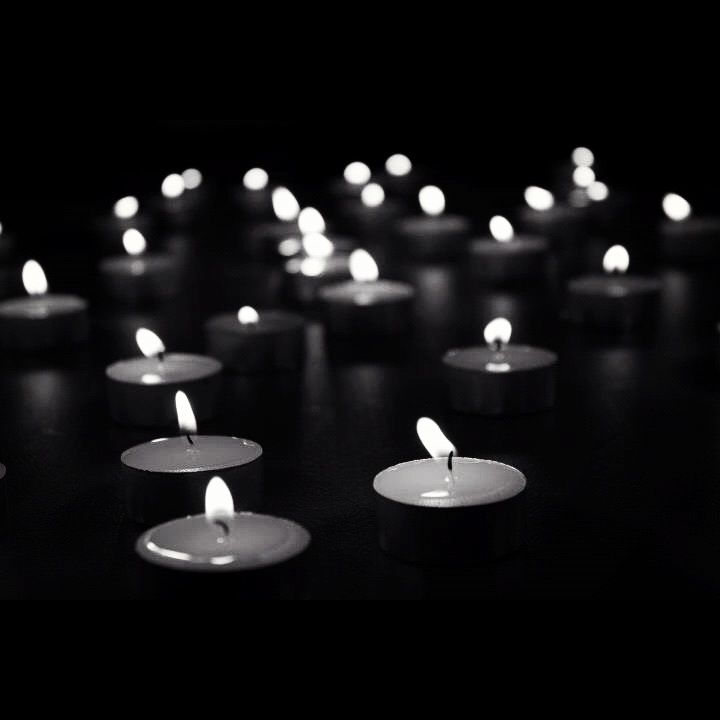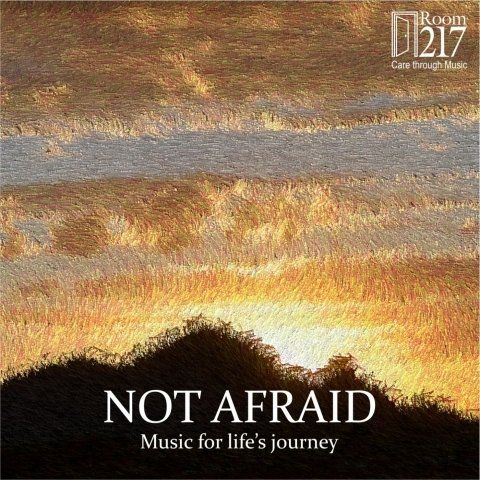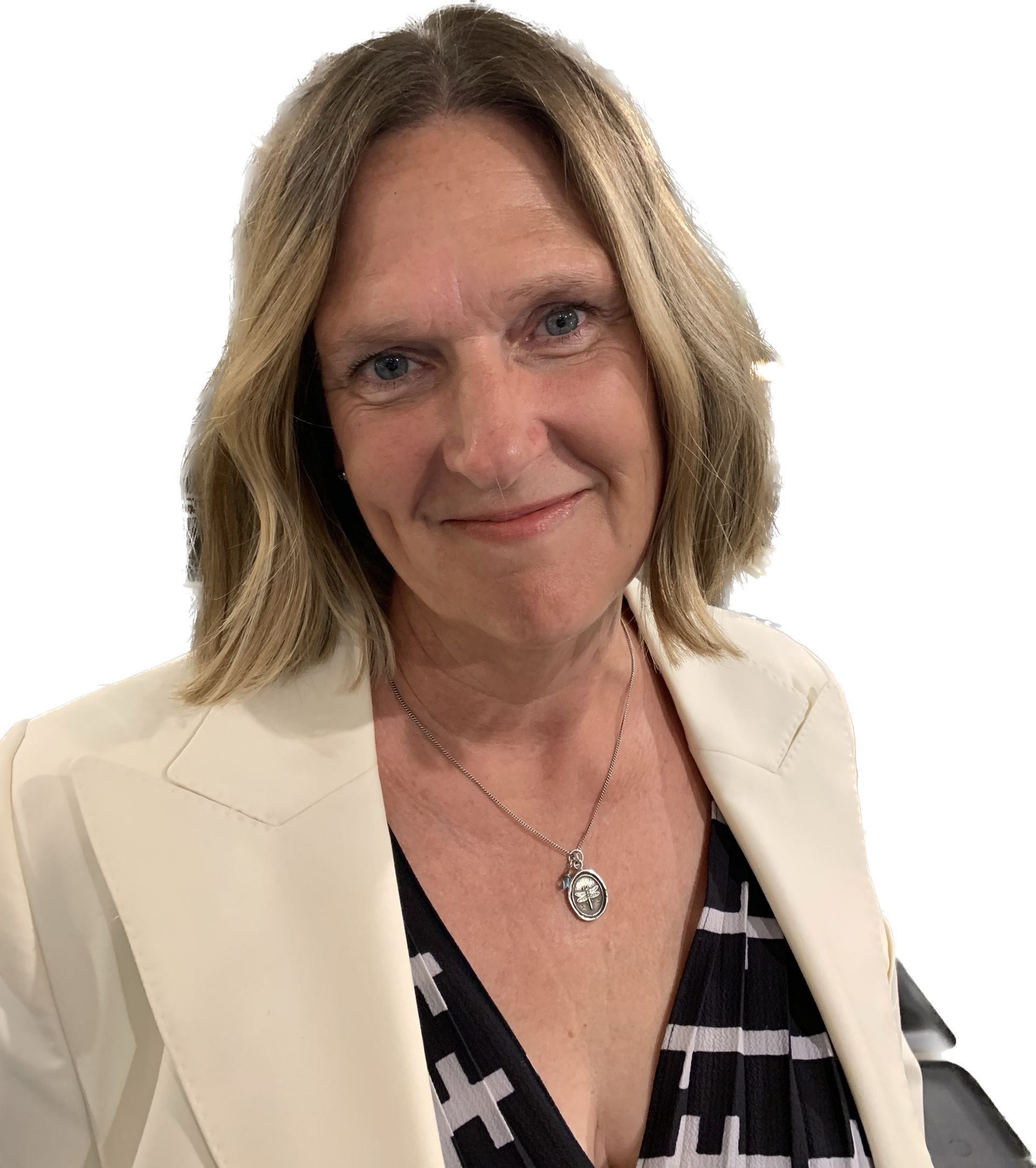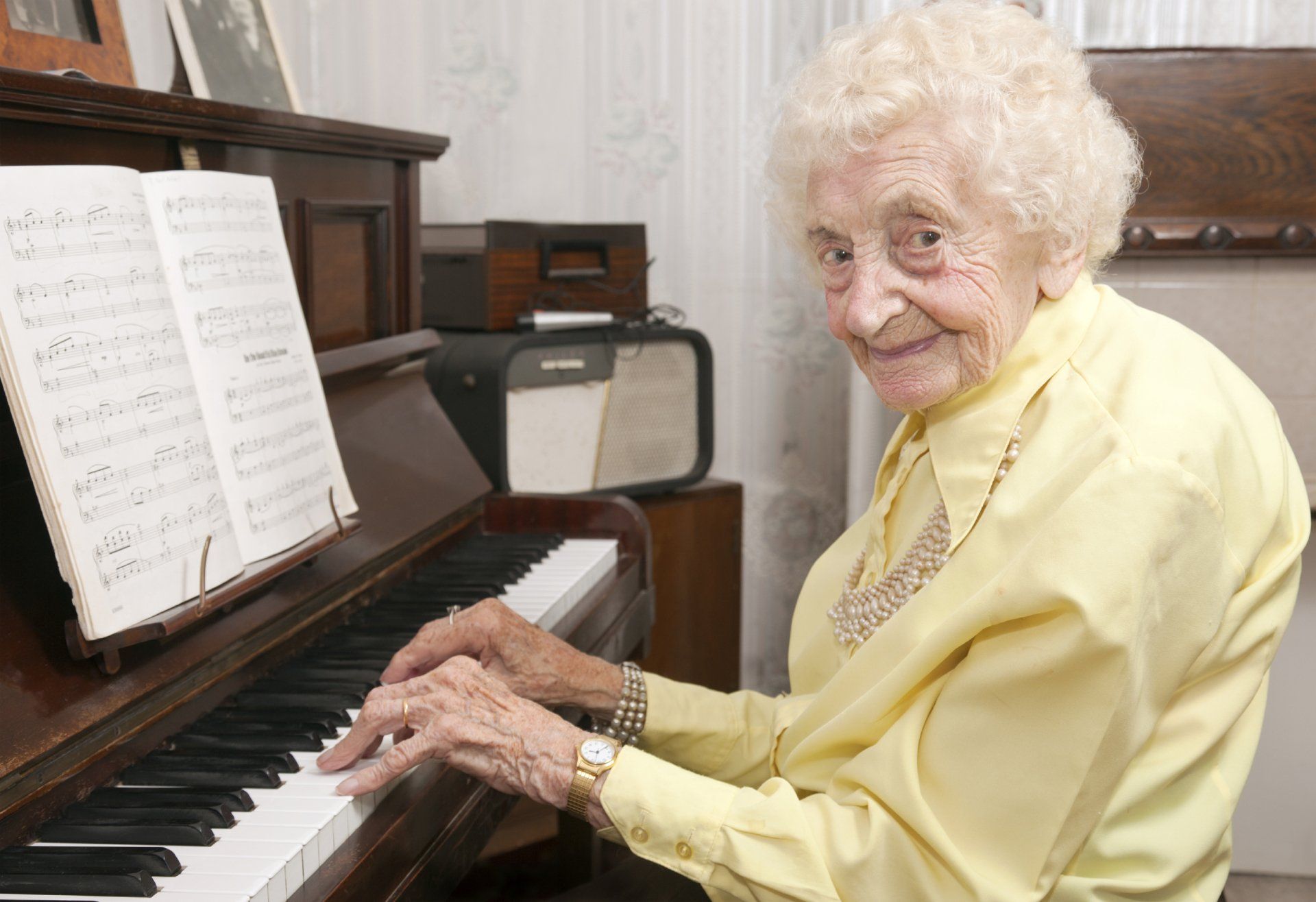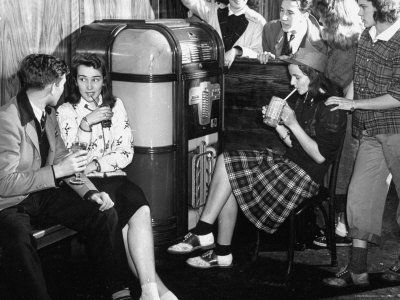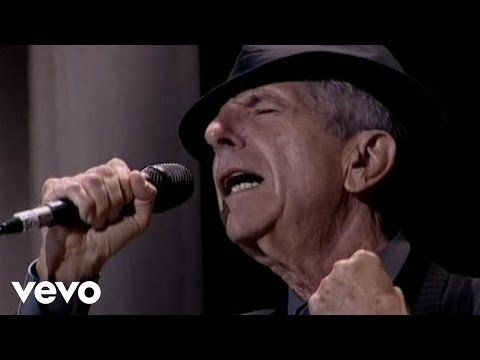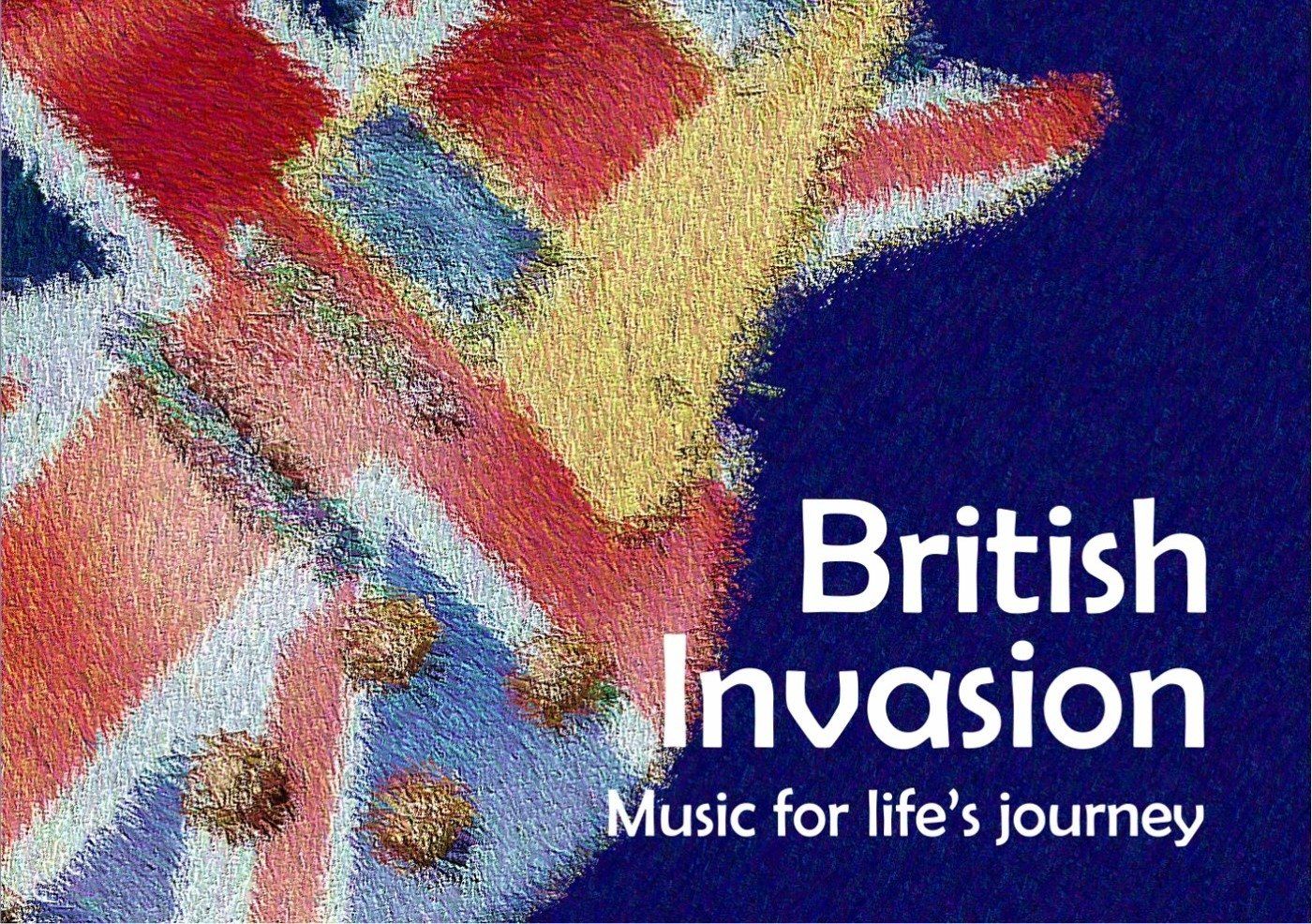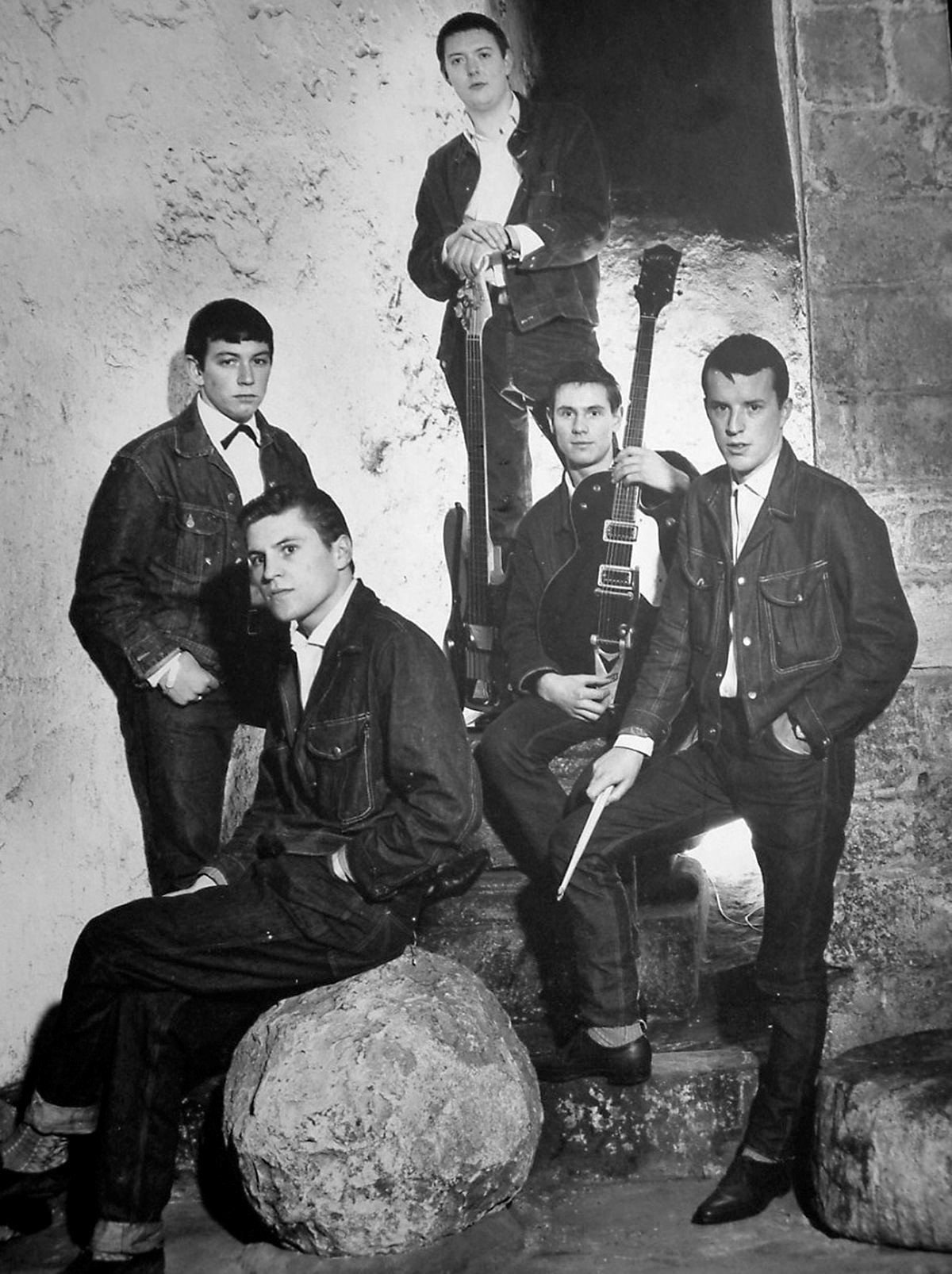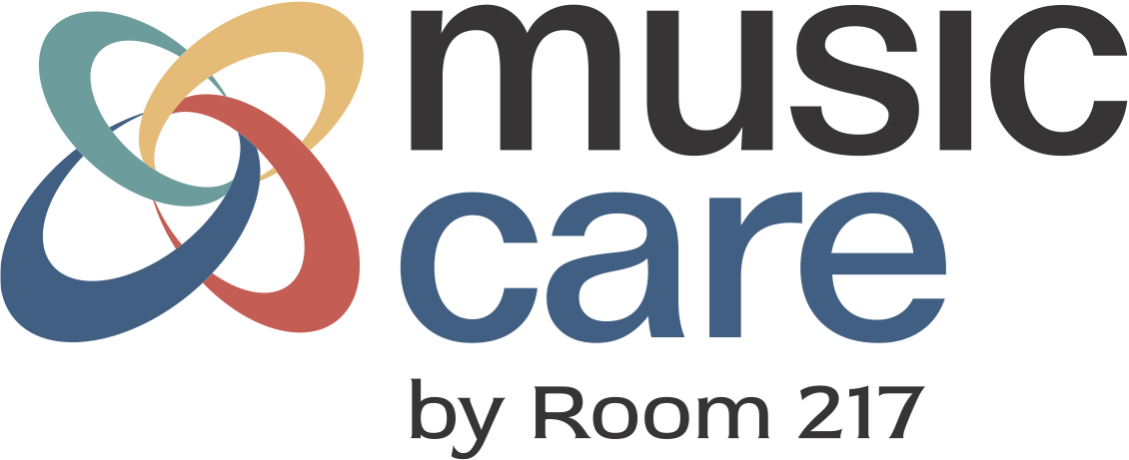Cynthia leads the Virtually Together in Song musical collective at the BC Brain Wellness Program where she is the team lead for their creative expression classes. She holds a Master of Education from UBC and a Bachelor of Arts from Western University. She pursued her Associate Diploma (ARCT) at the Royal Conservatory of Music in Toronto, with studies in both piano and voice. She practices music as care for St. James Music Academy in Vancouver and sits on the board of the Room 217 Foundation as well as the Community Programming Advisory Committee for UBC’s Chan Centre for the Arts.
Focusing the Lens on How We Connect through Song: A Trio of Reflections
As the heat of August hints at releasing it’s hold on us so we can step into the return of fall rhythms, I have been immersing myself in the repertoire that will potentially find expression in my classrooms and music care spaces. Some of these pieces have been at my fingertips for years, others are arrangements as new to me as they will be to those who join in the singing.
We will explore melody, breath, rhythm, and phrasing together. While seeking the deeper story threads of lyrical meaning, bringing an interpretation that is uniquely ours to each composition, music’s capacity to foster relationship will undoubtedly arise yet again as a key player in our experience. It is an element of my practice that presents itself with constancy and yet, never ceases to amaze me.
Perhaps you have been granted that gift of connection through song somewhere along your own distinct life path…can you transport yourself to that moment and consider its impact upon you?
I recall facilitating a virtual singing session several years ago which saw me raw with emotion due to some distressing circumstances in my family circle. As much as the music educator in me was trying to maintain a certain professional veneer, I was fragile and coming undone while attempting to guide us through the songs we had hoped to sing together that day.
In the final phrase of one piece, as I sought resolution in a gentle pattern of chords on the piano and exhaled deeply so as to find equilibrium, one of my participants softly asked if everything was alright. I raised my gaze, and the answer was there in my tears. The faces on my screen were just the reassurance I needed to be honest with them about my sadness. One by one, they suggested songs that they could sing for me, expressing how I didn’t even need to accompany them if I simply wanted to listen.
The rest of that hour unfolded as though it were a warm embrace of care from them all. Writing about that experience now, the sense of connection is ever strong.
Flowing out of this shift, reflecting on who was musically caring for whom, a realization emerged that lit a spark. We are all capable of wrapping each other up in song. A part of us is singing for our personal health and wellbeing but when we are finding our voice alongside others, we build bridges of tenderness, compassion, and empathy.
I hope
you’ll come along with me for this trio of reflections upon the connections which arise through song. Inhale, exhale, and be present together as we consider the ethos of musical care for one another.

